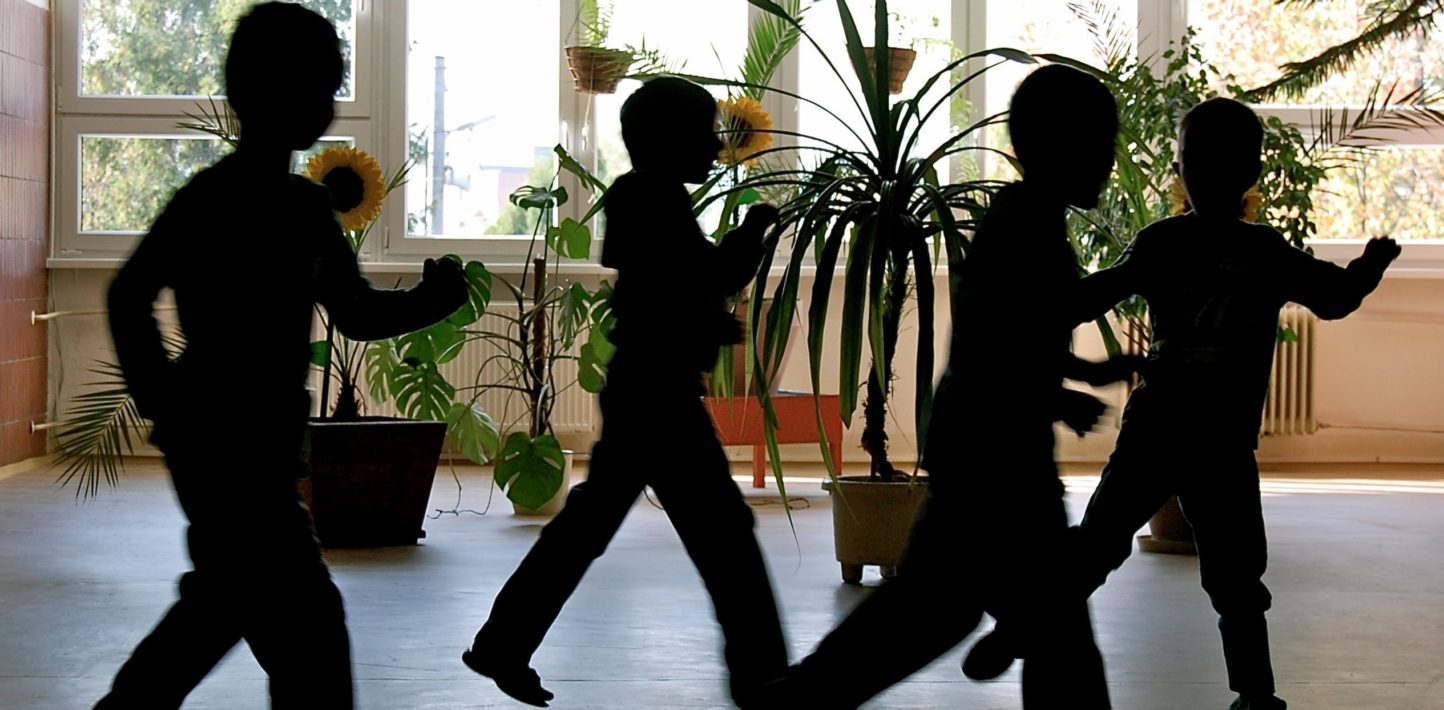By Anna Blus, Central Europe Researcher
It is lunch time in a small town in eastern Slovakia, and the sound of children’s laughter rings out from a school playground. This is a sleepy, unremarkable place, sitting under a pall of grey smoke from the nearby industrial plant whose tall chimneys dominate the landscape.
Something that is unusual about this town, though, is the high proportion of its Romani children who have been diagnosed as having “mild mental disabilities” and placed in a so-called “special” school, separated from other children.
In fact, an estimated one-third of the approximately 500 Romani children who live here attend the special school, which teaches a significantly reduced curriculum.
Unusual, maybe, but such practices are unfortunately not unheard of elsewhere in Slovakia.
In 2015, the European Commission launched infringement proceedings against Slovakia for the way it discriminates against Romani children, segregating them from other pupils and routinely misdiagnosing them as having ”mild mental disabilities”.
This means that only a small number of Roma in Slovakia go on to secondary education and move outside the crushingly low expectations society has of them, trapping them in a vicious cycle of poverty and marginalization.
These children have dreams like everyone else, but even the teachers charged with their education appear to dismiss them out of hand,
null
Research published this week by Amnesty International and the European Roma Rights Centre found that, despite the threat of fines from the EU, little has changed for Romani children since the launch of the infringement proceedings.
After the children have left the special school for the day, we ask their teachers about the futures they see for their Romani pupils. They look at each other smiling. “All of them want to be teachers or doctors,” one of them tells us. “[But] it’s a huge difference between what they fancy to be and how they end up eventually.” Her tone is alarming.
These children have dreams like everyone else, but even the teachers charged with their education appear to dismiss them out of hand, knowing full well that the reduced curriculum that they teach will shatter them in the starting blocks.
This is the message that is drummed into Romani children from the moment they step into the classroom: the options available to everyone else aren’t open to them, and that they have little to contribute to Slovak society.
Many Romani children speak Slovak only as a second language, and yet in one of the special schools we visited they were being told to draw and paint during Slovak lessons. One man we spoke to said that when his son left special school at the age of 17 he could neither read, write nor speak Slovak. This is despite the fact that, in many cases, children end up being placed in special schools on the basis that their Slovak language skills are so poor.
For those Romani children who do want to continue their education, there are few options other than enrolling at vocational schools.
In one of the locations investigated, Romani boys who had enrolled at a private secondary vocational school run by a nearby manufacturing company described how they spend most of their time putting together electric plugs which the company then sells.
Girls at the school are offered lessons in how to be a “Practical Woman”, part of a nationwide programme in which Romani girls are taught to become “good housewives” with lessons in cooking and housework.
The narrowness of the trajectory on which Romani children are placed is clear when we speak to Soňa, a bright eighth grader who shrugs when we ask what she’d like to do when she leaves school. “I will go to the vocational school and learn to be a seamstress,” she says. “Like everyone here.”
Teachers make little effort to hide their racism from their pupils. One called the school she worked in “a little zoo” and said she would never send her own children to it
null
Most of the teachers we spoke to blamed the Romani children’s home environment for their poor performance in the classroom, but did not suggest any ways that children with difficult home lives might be supported which should be the hallmark of an inclusive education system– to them, they are a lost cause not worth investing in.
Teachers make little effort to hide their racism from their pupils. One called the school she worked in “a little zoo” and said she would never send her own children to it. Some of the teachers interviewed also referenced one of the most insidious stereotypes about the Roma, that incest is common in the community.
In 2015 the Slovak government justified the disproportionate number of Romani children in special schools and classes on the basis that there are “high levels of inbreeding” in the community.
But the real reason for the education system routinely failing Roma children is a disturbing pattern of cultural bias among those responsible for assigning placements to special schools, resulting in widespread misdiagnosis, and the lack of willingness on the part of Slovak authorities to address it.
There are thought to be approximately 320,000 to 480,000 Roma living in Slovakia today – a significant minority who have suffered centuries of discrimination and stigma. In the 21st century, they deserve the same chances as everyone else to enjoy their right to education without discrimination as enshrined in national, European and international law.
With hefty EU fines in sight if they don’t address the situation, it is long past time for the Slovak authorities to do the right thing and honour their legal obligations. If the deep divisions between Roma and the rest of Slovak society are not addressed, this and subsequent generations will continue to pay the price.


